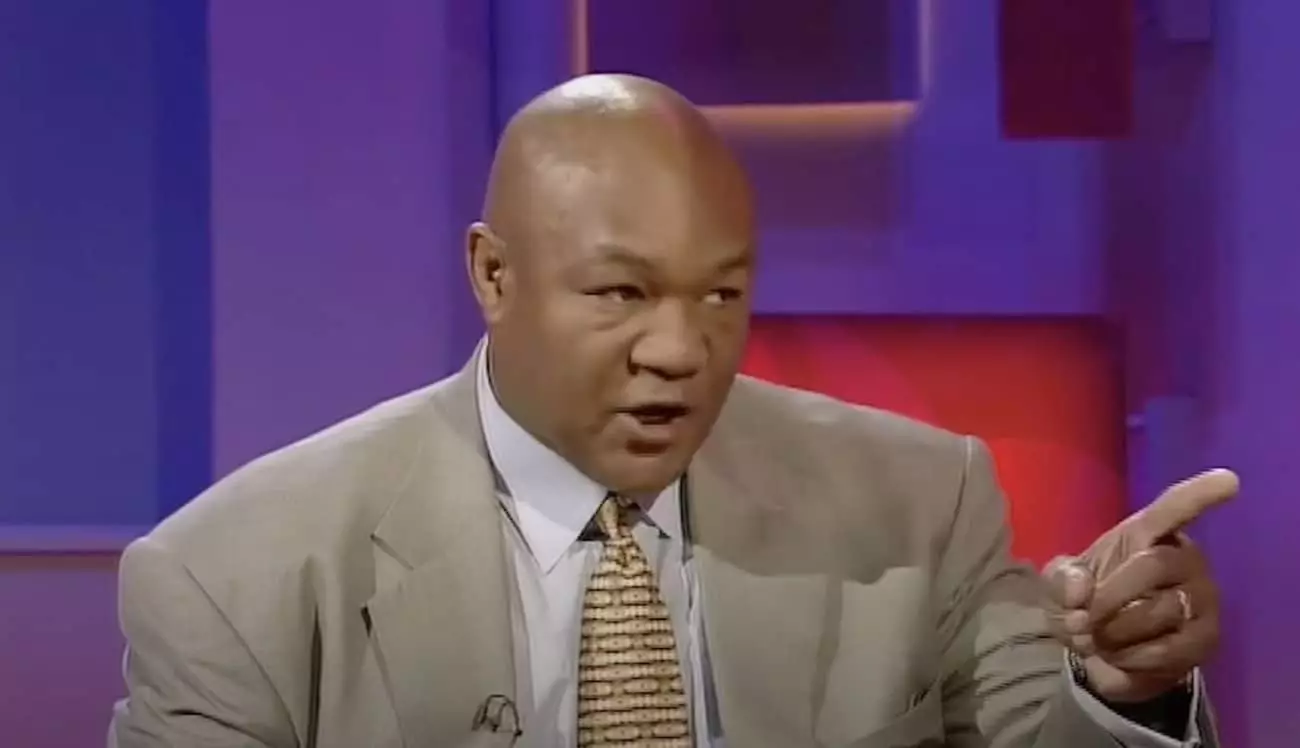By BoxintHit Staff-
In the world of boxing, moments of true significance often resonate through time, marking pivotal changes for athletes and fans alike. One such moment took place on a remarkable day, thirty years ago, when George Foreman, a former heavyweight champion haunted by his past, found solace in the ring once again. His 1994 victory over Michael Moorer not only reestablished him in the realm of sports but also allowed Foreman to confront the ghosts of his earlier career, particularly the harrowing defeat by Muhammad Ali in Zaire. This victory was not merely a win; it was a return to grace, a chance for redemption that eluded him two decades prior.
The contrasting legacies of Ali and Foreman have overshadowed the boxing landscape since the 1970s. Ali, with his charisma and flamboyant style, became a symbol of resistance against tyranny, while Foreman’s imposing physique instilled fear in his opponents. Yet, it was Ali who shocked the world during the famed “Rumble in the Jungle” in 1974, dismantling Foreman with calculated tactics that played on Foreman’s pride and aggression. This was more than a sporting event; it transcended boxing, becoming an allegory of perseverance. Foreman’s struggle to reclaim his glory and self-identity became a profound narrative that continued to be explored in the years that followed.
Fast forward to 1994, and an older, wiser Foreman was set to take center stage against Michael Moorer, a rising star in the heavyweight division. At 45 years of age, Foreman had long since shed the harsh image of his youth and evolved into a beloved figure, admired not just for his punching power but for his resilience and determination. Moorer, the younger champion, emerged from the revered Kronk Gym and sought to solidify his greatness by handily defeating Foreman—this was a clash of eras, the old guard against the new.
As the bout unfolded, the disparity in age and speed was glaringly apparent. Moorer utilized his agility and technical prowess to outpoint Foreman, showcasing the skills honed through countless hours of training. Commentary during the fight drew attention to Foreman’s sheer determination, likening his experience and heart to that of a relentless storm chasing the nimble rabbit. However, Moorer’s overconfidence—a result of his ambitious claim to knock Foreman out—proved to be his ultimate downfall.
Foreman had carefully crafted a plan that hinged on patience and the ability to absorb punishment, a lesson learned from the missteps of his earlier career. As the rounds progressed, Moorer’s bravado came back to haunt him. Teddy Atlas, Moorer’s trainer, continuously urged him to maintain distance from Foreman’s famed right hand. The urgency in Atlas’s voice echoed through the tension-filled atmosphere. Yet, Moorer remained unwilling or perhaps unable to heed that advice.
As Moorer got overly confident, the inevitable occurred. Foreman, defying the passage of time, landed a right hand that was as powerful as it was precise. The 1970s throwback-style punch, honed through years of experience and shadows of past encounters, sent Moorer crashing to the canvas. This moment was not just about a punch thrown; it encapsulated a career’s worth of highs and lows culminating in a single defining instant. Foreman, the once-mighty warrior of the ring, knelt in a corner and offered thanks, signaling to the world that he had indeed found his peace.
The victory over Moorer was an emotional climax, not only for Foreman but for fans and boxing aficionados who had followed his tumultuous journey. It served as a reminder that, in sports, much like in life, the narratives of struggle, perseverance, and eventual redemption resonate deeply with us. As boxing fans commemorate this moment 30 years later, we can reflect on how legends are often defined not just by the titles they hold but by the courage to confront their past and reclaim their future.
As history shows, Foreman’s life story transcended his athletic accomplishments, serving as an inspiration to countless individuals grappling with their own challenges and setbacks. In celebrating George Foreman’s historic victory, we acknowledge the beauty of the comeback—the idea that it is never too late to rewrite personal narratives and emerge victorious, regardless of age or past failures. In this tale, the boxing ring became a metaphor for life itself: undefeated only until you choose to let the fight leave you.


Leave a Reply